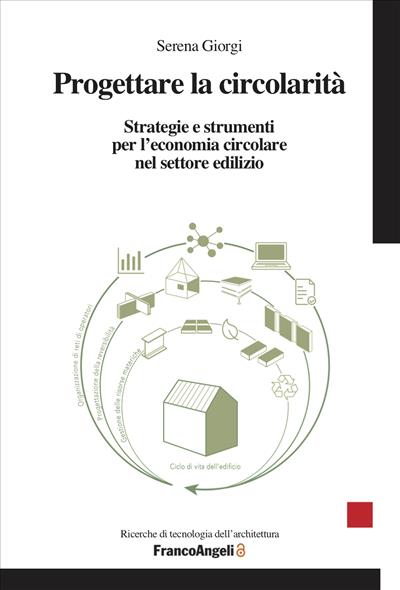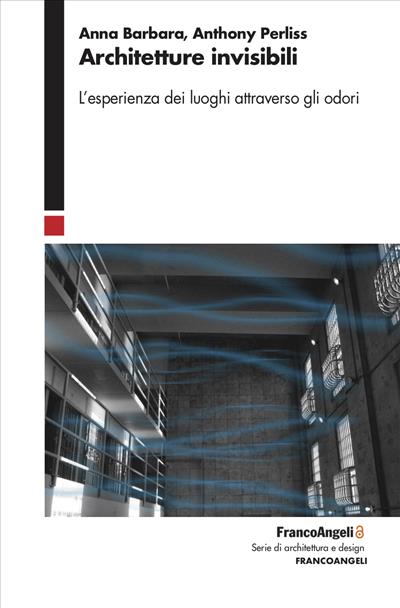
Multi-layered participatory budgeting
The case of low-income neighbourhoods in Paris
The city of Paris has launched in 2014 an ambitious PB (participatory budgeting) experience of about 100 million euros per year, with a third of the budget dedicated to low-income neighbourhoods. Focusing on these areas, the study aims to investigate the potential of the Paris PB to address social inequalities and be inclusive of the most marginalized social groups. Findings indicate the need for several changes in the structure and implementation of the process, while the distribution of PB projects in low-income areas appears to be affected by their ongoing gentrification.
Pagine: 164
ISBN: 9788835111849
Edizione:1a edizione 2020
Codice editore: 11111.3
Informazioni sugli open access




